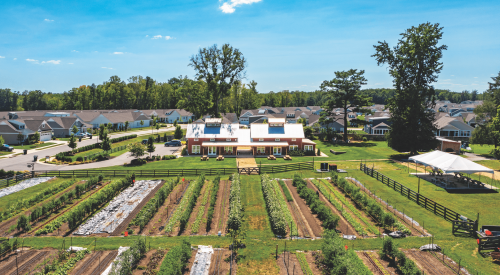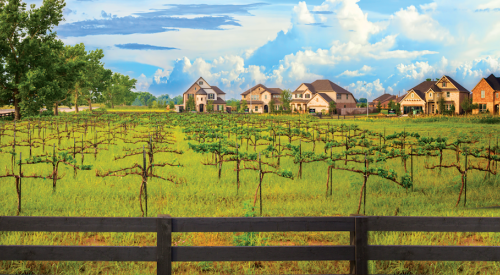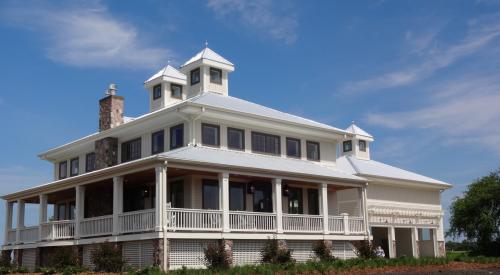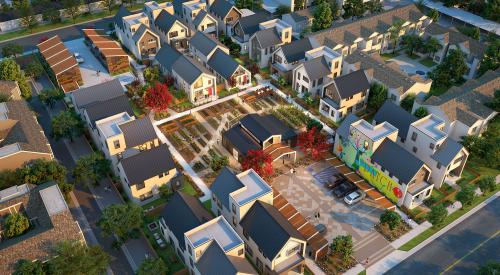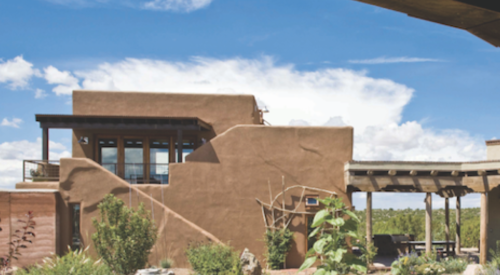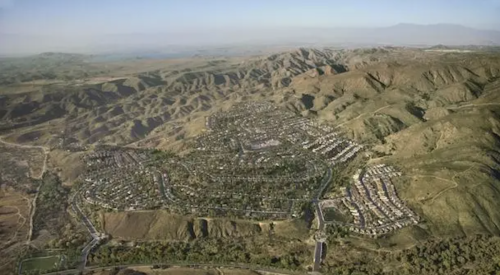In some cities, agrihoods are among the top-selling master-planned developments, attracting a mix of empty nesters, young families, and retirees focused on a healthy lifestyle.
But Daron Joffe a consultant for developers looking to add farming and agriculture to their projects typically cautions those who are considering an agrihood: “It sounds sexy,” he says. “But farming is hard. Sustainable agriculture is a real challenge.”
In communities around the United States, there have been growing pains as developers, communities, and residents wrestle with the best ways to make agriculture and fresh food an integral part of their neighborhoods. Hard lessons have been learned as communities work out the kinks.
Three years after launching the 3.5-acre (1.4 ha) Cannery Urban Farm, part of the Cannery, a 547-home development in Davis, California, the farm is facing a $100,000 yearly deficit, says Mary Kimball, executive director of the Center for Land-Based Learning, the nonprofit organization operating the farm. The farm has encountered myriad unexpected issues, from poor soil and staff shortages to homeowners indiscriminately picking crops.
“When we started, we didn’t know a lot about agrihoods and how they operated and best practices,” Kimball says. The farm, which was developed in conjunction with the city of Davis, will need a financial restructuring if it is going to be sustainable and achieve its potential, she says. But Kimball remains convinced of the concept’s potential. “The opportunities are amazing,” she says. “It’s about figuring out how to make this work.”

